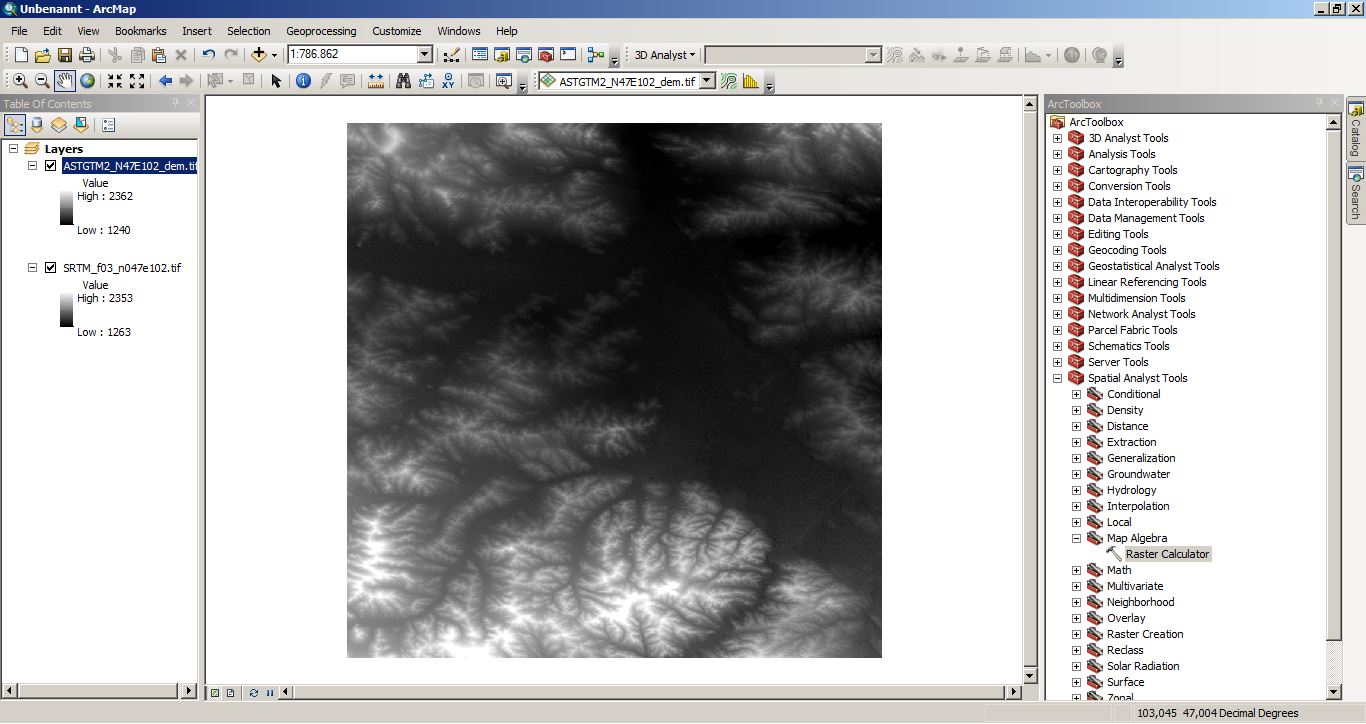

You can also use Arcade expressions when setting transparency for features or the rotation angle of symbols. You can also create an Arcade expression or edit an existing Arcade expression directly in Map Viewer. The yearly sales figures can then be represented as different-sized symbols on the map. For example, you can create an Arcade expression to derive a yearly sales figure for individual sales territories by summing the value of monthly sales fields.

You can create a custom expression written in the ArcGIS Arcade scripting language to use for styling instead of styling a feature layer using explicit attributes in the layer. By analyzing these and other characteristics of the data, Map Viewer presents the best styling options. Not every styling option can be used for every type of data. For example, a point feature may only have location information such as geographic coordinates but may also have categorical information such as tree species or numerical information such as air temperature. The options are also influenced by the type of data associated with the features.

For example, heat map styling options are available for a layer composed of points, but not for line or polygon layers.

The available options depend on whether the layer is composed of point, line, or polygon features. The styling options provided for a layer are based on the type of data you are mapping. You can then experiment with color ramps, line weights, transparency, symbols, and other graphic elements, and see your choices reflected immediately on the map. When you style map layers in Map Viewer, the nature of the data determines the styling options that appear by default in the Styles pane. With Map Viewer (formerly a separate beta installation but now included with the portal automatically), you can explore various styling options using smart mapping defaults. However, because mapmaking is so flexible, you must make decisions when there isn't always a single best answer. This flexibility allows you to tell different stories and discover hidden patterns depending on how the data is presented. For example, you can visualize population data for countries as a sequence of colors, such as from light to dark, or as proportional circles, such as from small to large. Maps allow you to visualize data in a variety of ways.


 0 kommentar(er)
0 kommentar(er)
